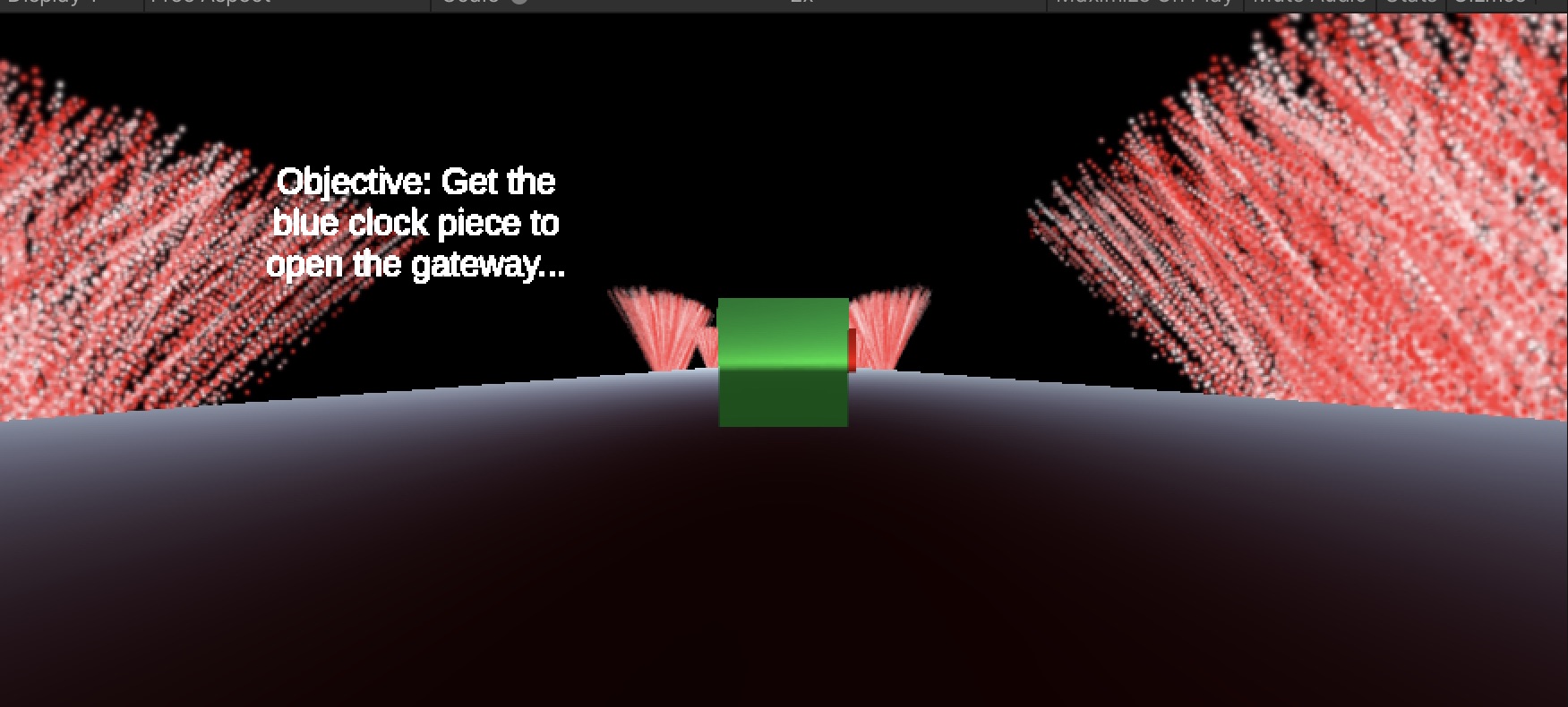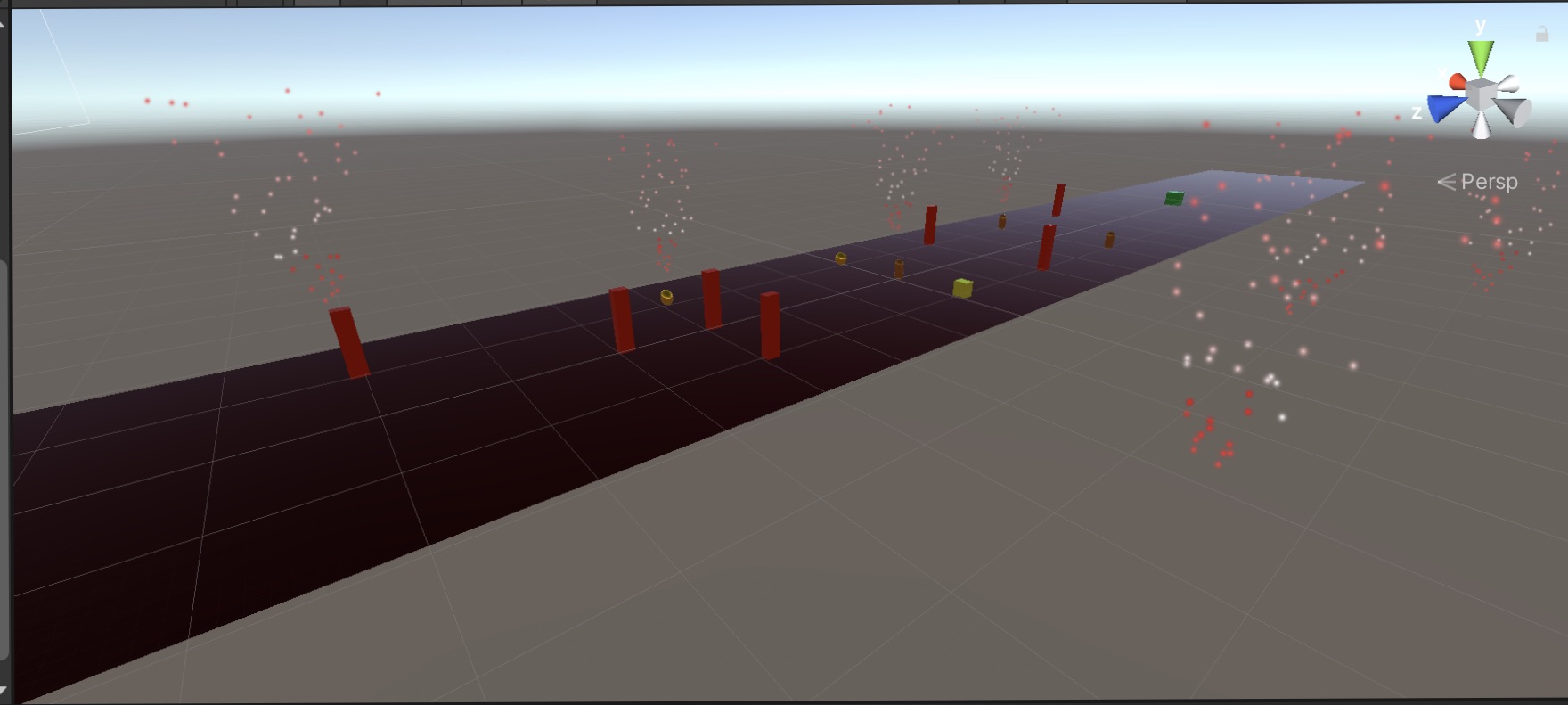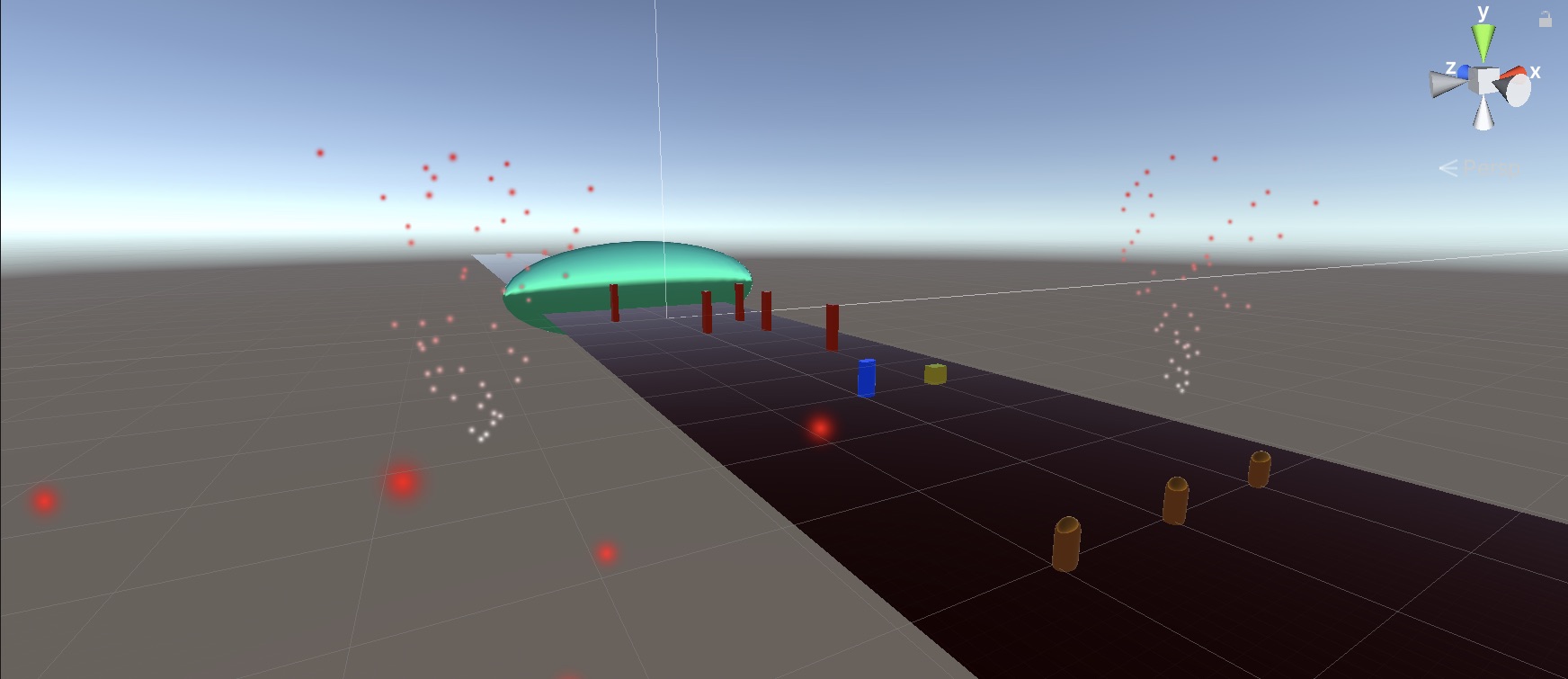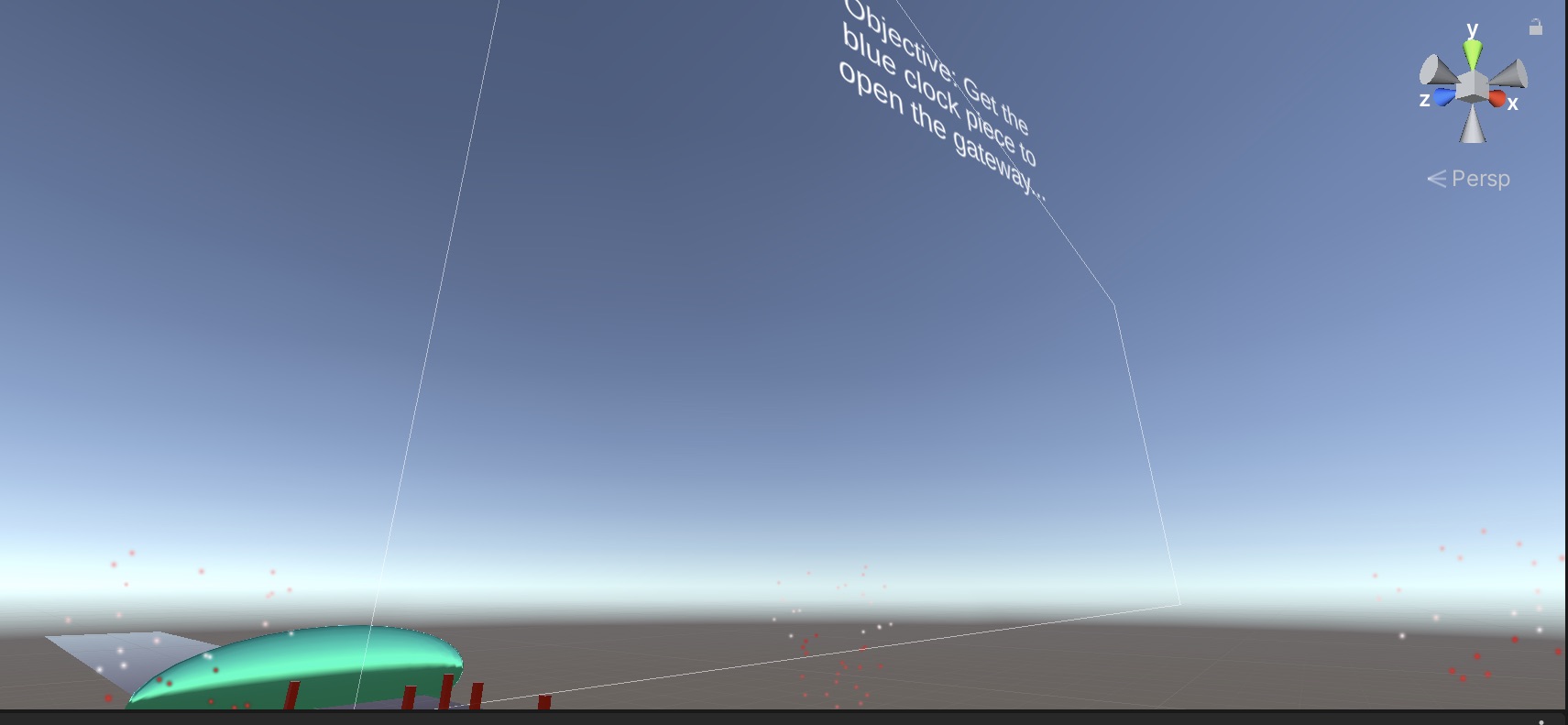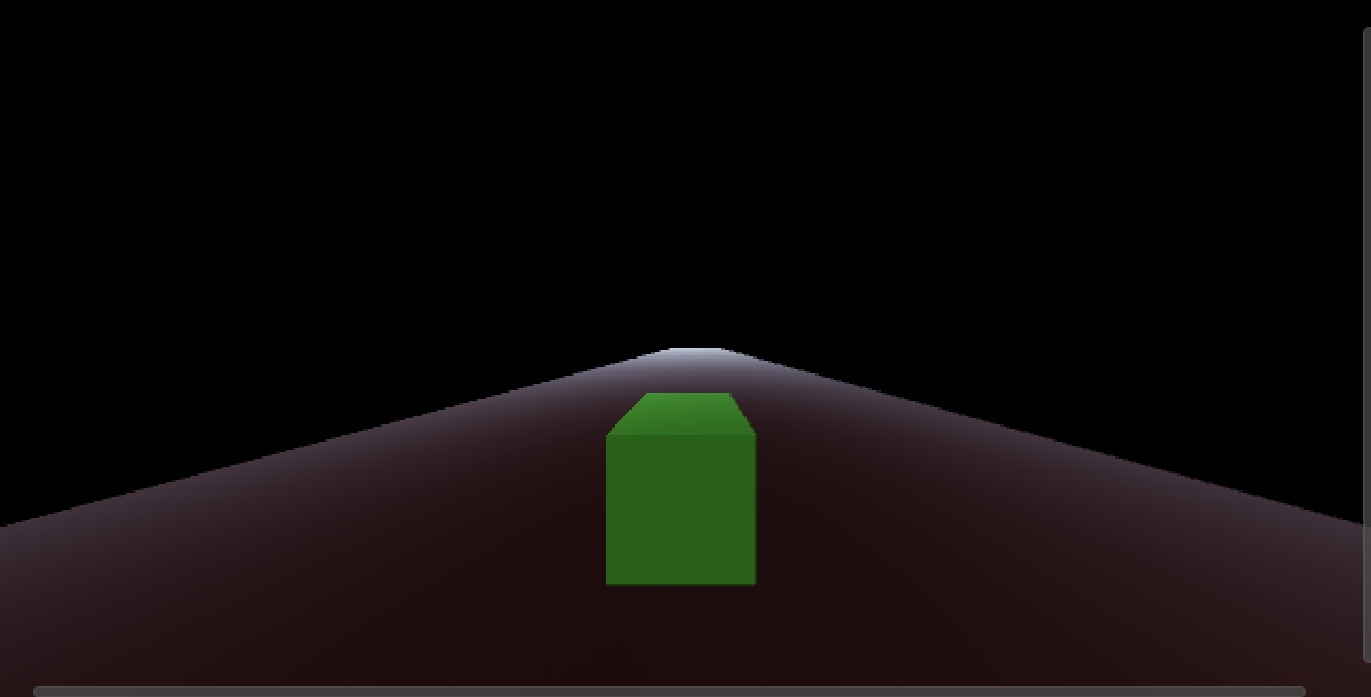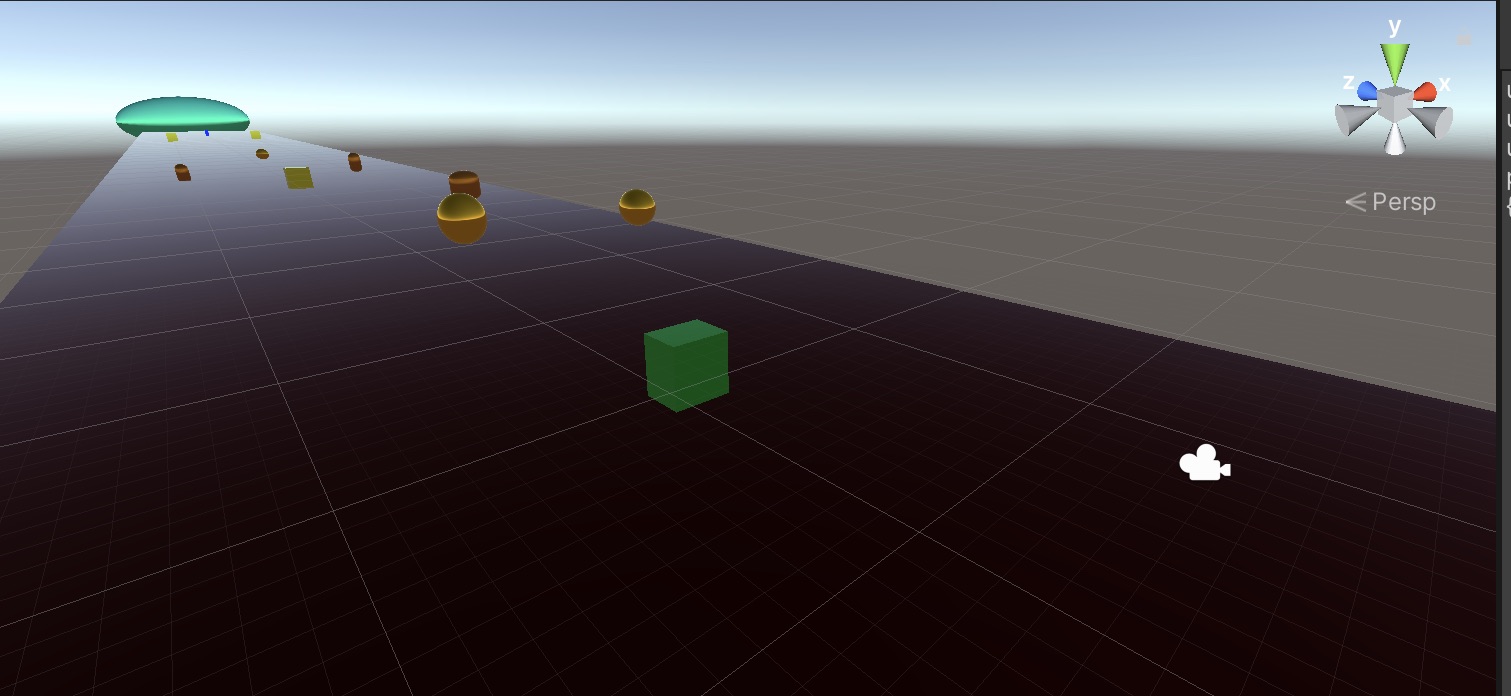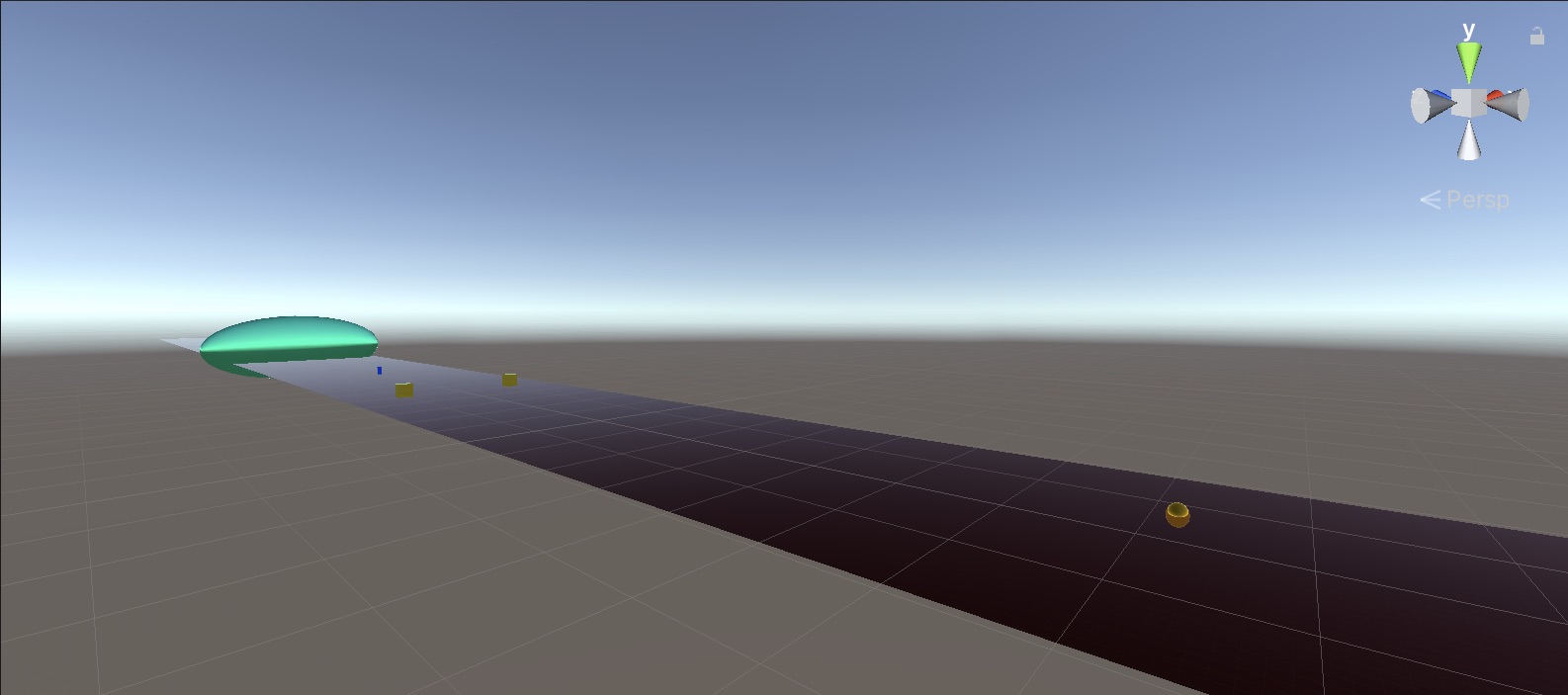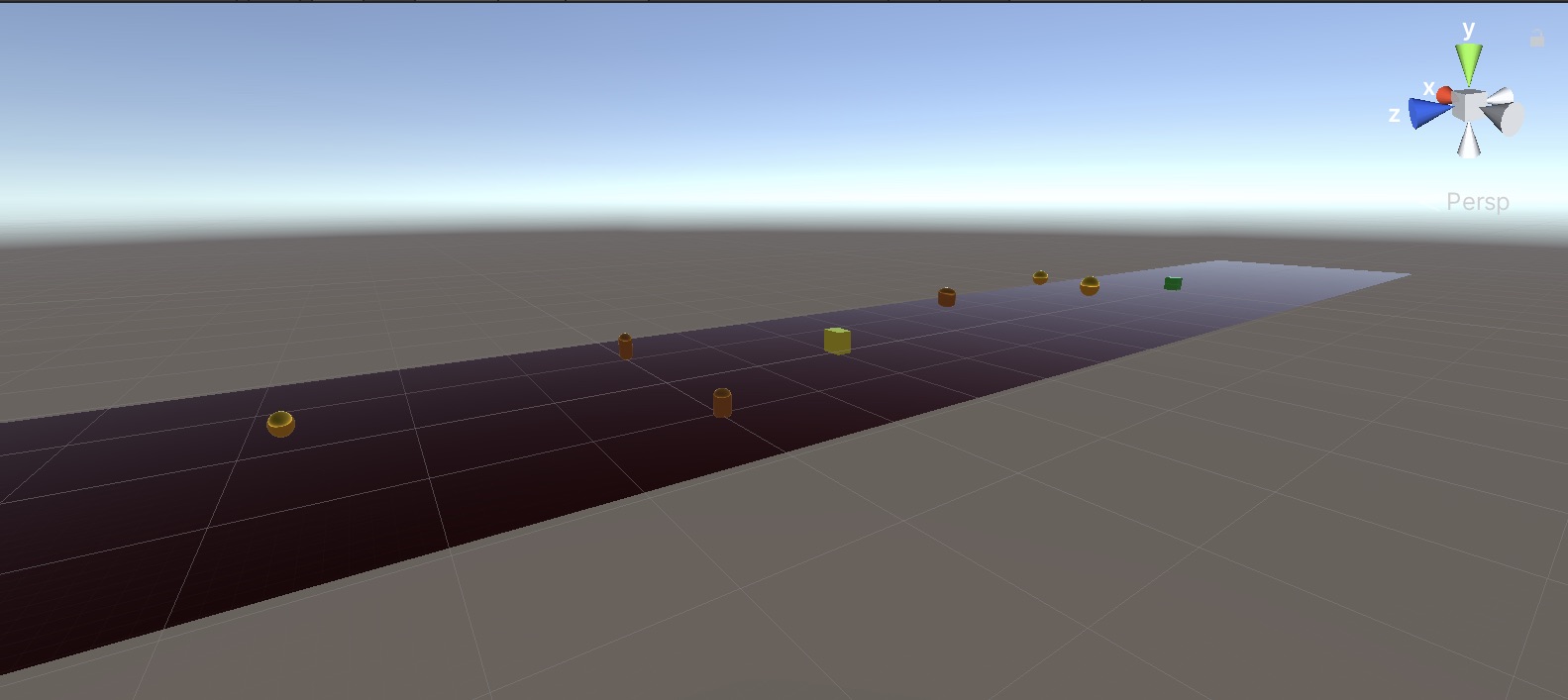DEVLOG 3:
1) The past week, I managed to fix the movement for the player and add some text for the objective of the game throughout. Plus, filling in the GDD template of what can happen in the game from the mechanics to the presentation.
2) the goals accomplished for last week by the team was setting up and fixing ht level design and how the game will play out with feedback and to properly put in in into the prototype.
3) The team's goals for next week is to implement more of the mechanics and how they will influence the gameplay and fixing and adding stuff to the game rom the previous prototypes and pitches from the previous weeks.
4) As an individual I have accomplished to fix the movement, add a goal of what the player needs to do in the game with text, add pickups and objects and enemies for the player to grab and avoid.
5) By next week I want to make the player have a reaction when getting hit by the enemies and have like the player react with invincibility frames of some kind
6) how to have the player get hit and react and how to code in for enemies to harm the player with 3 hits in some shape or form
7) Progress so far...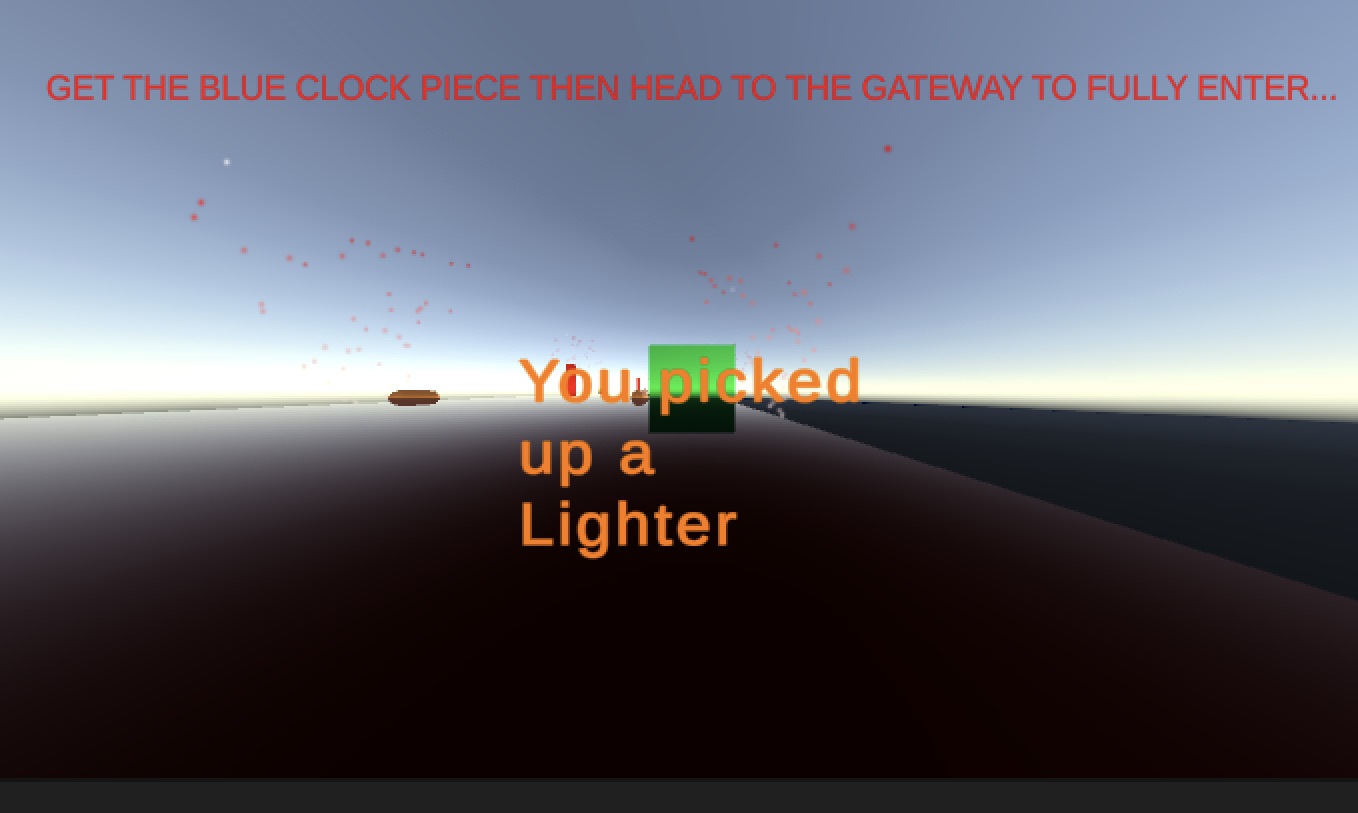
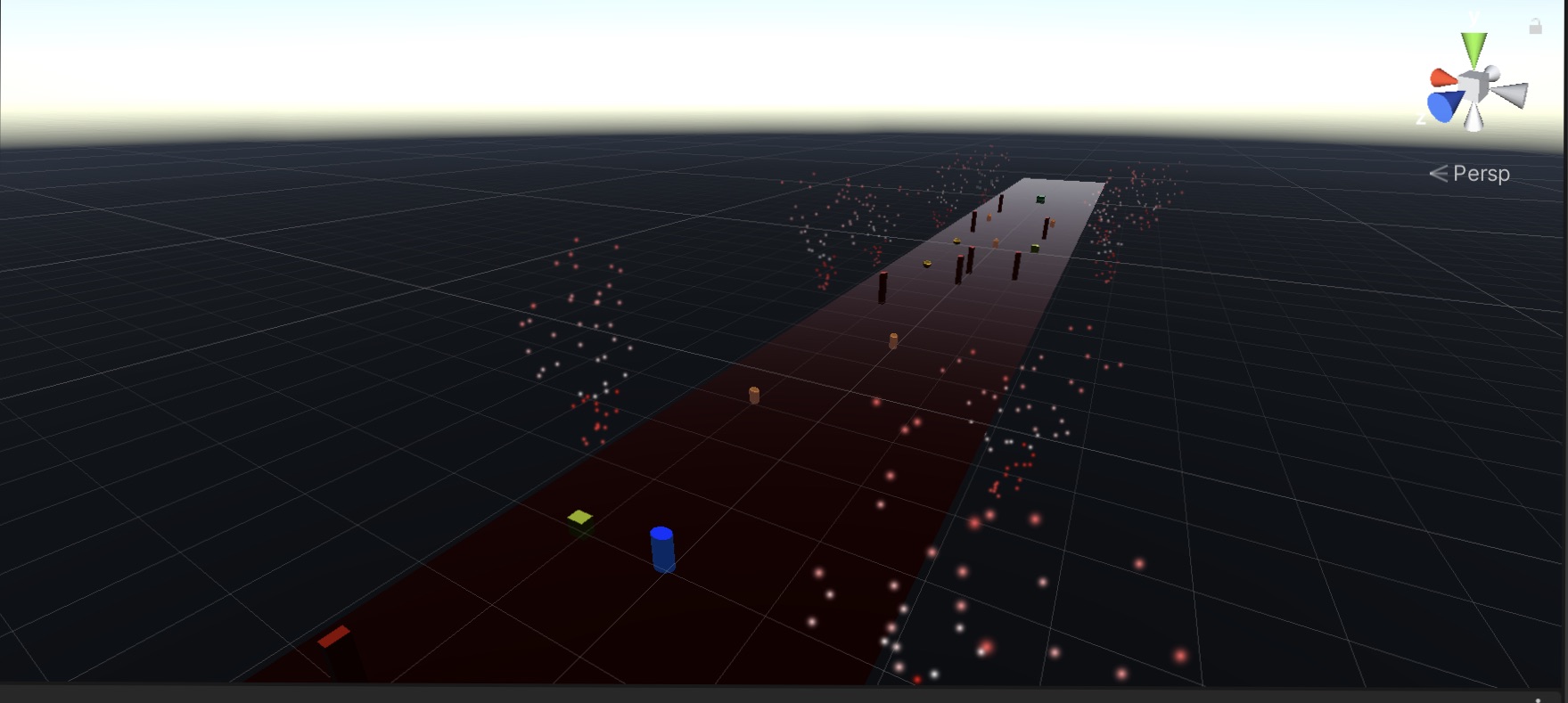
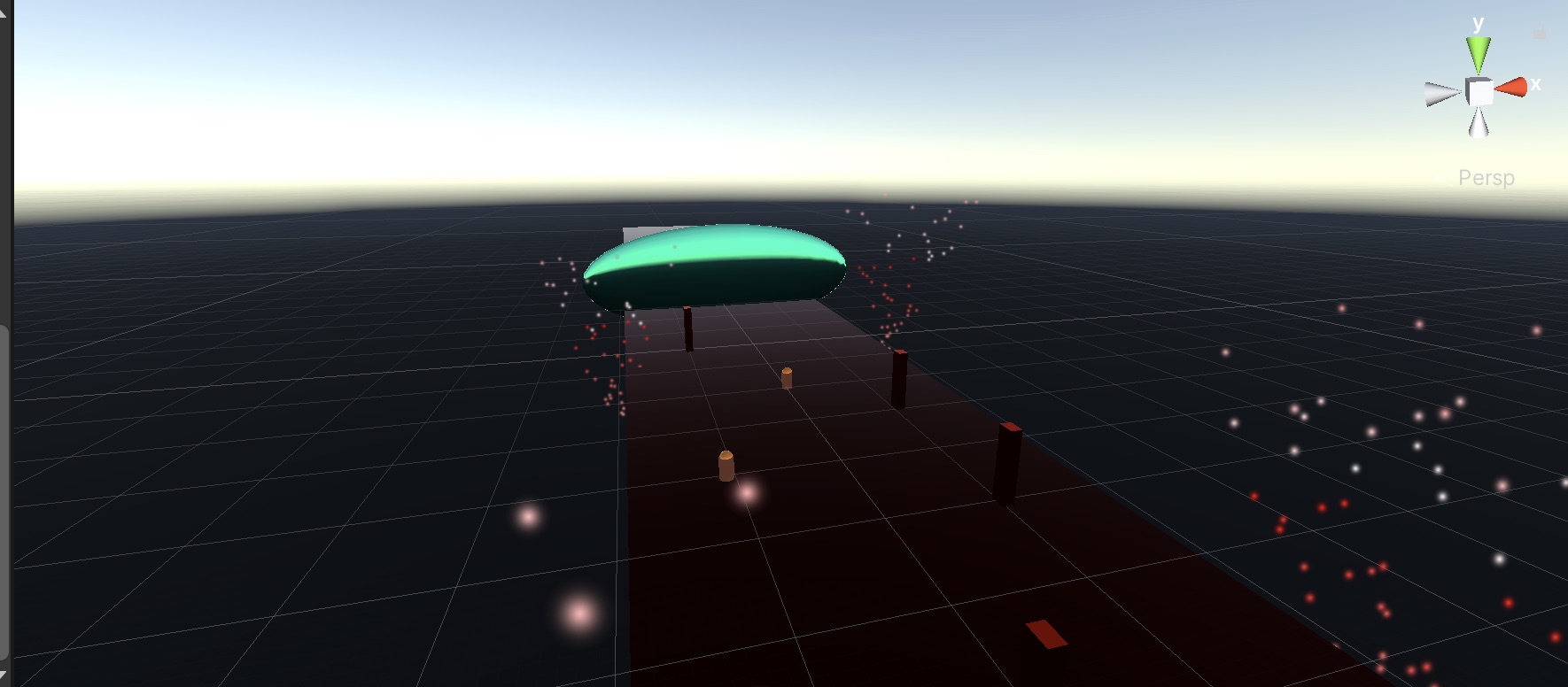
Playtest report:
1) What I was playtesting was Chris's game with more improvements from the setting to the gameplay and more context of what is going on.
2) what does the player have to do to keep progressing and do you need to find a specific item to unlock the next area or talk to someone specifically to advance the plot and clues.
3) The playtester for INTENSE DISTURBANCE was Chris. I represented him the progressive version of my game with feedback and improvements from the previous prototypes.
4) What I observed was that it was easier to monouver and clearer to what the player had to do in the game with the objective above. I saw and noticed that the pickups and text was everywhere on screen with the text big on screen. The interaction was at best good with some more feedback and fixes but good overall.
5) questions none just add a reset button and have the text display when win.
6) add a reset and make the text smaller, enemies do some damage and not fall and go back to old layout of control keys for casuals...
7) add a reset and fix some text and add you win when reaching the goal and when picking stuff up it does something...



